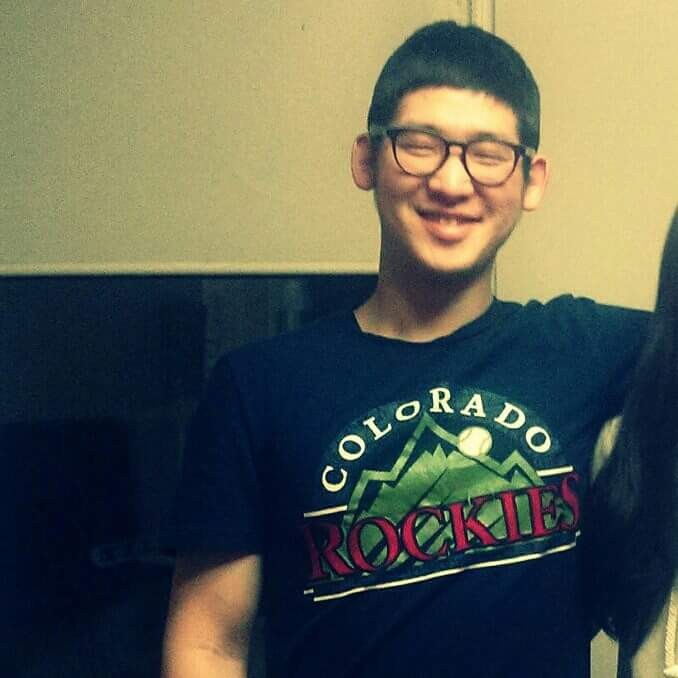
Problem link: https://www.acmicpc.net/problem/11437
입력의 크기가 매우 작아서 단순한 알고리즘으로도 풀린다.
우선, 입력에 별도로 부모 자식 관계가 주어지지는 않으므로 입력을 그래프로 간주하여 받은 뒤 루트를 1번 노드로하는 BFS 트리를 생성해준다.
이 때 각 노드의 깊이를 함께 구해주도록 하자.
만약, a와 b의 LCA를 찾고자한다면, 아래의 방법을 따르면 된다.
- Case 1) a와 b의 깊이가 같다면, a와 b를 1칸 씩 부모로 옮겨가면서 만날 때까지 옮겨준다.
- Case 2) a와 b의 깊이가 다르다면(편의상 a가 더 깊다고하자), a를 b의 깊이까지 올려준 뒤에 Case 1)을 적용한다.
입력의 크기가 작아서 Case 2)에서 타고올라가는 부분을 간단하게 작성했는데, 입력이 큰 문제의 경우 아래와 같이 DP 아이디어를 함께 적용해서 풀어주어야 한다.
PARENT[i][k]:i번 노드의2^k번째 부모PARENT[i][k]=PARENT[PARENT[i][k-1]][k-1]
#include <iostream>
#include <vector>
#include <queue>
#include <algorithm>
using namespace std;
const int kMaxN = 50000;
int N;
int M;
int VISIT[kMaxN + 1];
vector<int> TREE[kMaxN + 1];
void DoBfs(const int root)
{
queue<int> q;
VISIT[root] = 1;
q.emplace(root);
while (!q.empty())
{
int here = q.front();
q.pop();
for (const auto& there : TREE[here])
{
if (VISIT[there] == 0)
{
VISIT[there] = VISIT[here] + 1;
q.emplace(there);
}
}
}
}
int FindCommonAncestor(const int a, const int b)
{
if (VISIT[a] > VISIT[b])
{
return FindCommonAncestor(b, a);
}
int moved_a = a;
int moved_b = b;
// Move B till same depth with A
if (VISIT[moved_a] != VISIT[moved_b])
{
while (VISIT[moved_a] != VISIT[moved_b])
{
for (const auto& neighbor : TREE[moved_b])
{
if (VISIT[neighbor] == VISIT[moved_b] - 1)
{
moved_b = neighbor;
break;
}
}
}
}
while (moved_a != moved_b)
{
for (const auto& neighbor : TREE[moved_a])
{
if (VISIT[neighbor] == VISIT[moved_a] - 1)
{
moved_a = neighbor;
break;
}
}
for (const auto& neighbor : TREE[moved_b])
{
if (VISIT[neighbor] == VISIT[moved_b] - 1)
{
moved_b = neighbor;
break;
}
}
}
return moved_a;
}
int main(void)
{
// For Faster IO
ios_base::sync_with_stdio(false);
cout.tie(nullptr);
cin.tie(nullptr);
// Read Input
cin >> N;
for (int i = 0; i < N - 1; ++i)
{
int src, dst;
cin >> src >> dst;
TREE[src].emplace_back(dst);
TREE[dst].emplace_back(src);
}
// Build BFS Tree
DoBfs(1);
// Read Input
cin >> M;
while (M--)
{
int one, two;
cin >> one >> two;
// Solve
cout << FindCommonAncestor(one, two) << '\n';
}
return 0;
}
